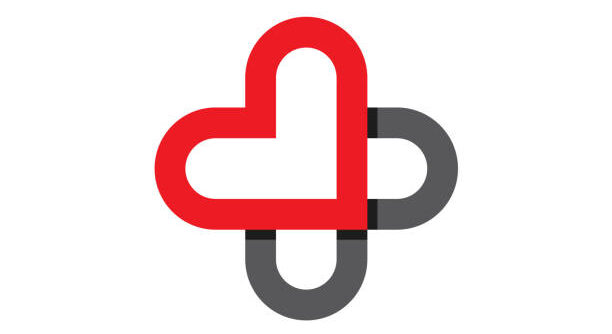
Over the past couple of years, ambient scribes have emerged as a clear breakout use case for AI in the healthcare field.
Unlike other AI tools, ambient scribing has near-universal interest and adoption across health systems, pointed out Daniel Yang, Kaiser Permanente’s vice president of AI and emerging technologies, during a recent interview.
For instance, Yang’s health system rolled out Abridge’s scribing tool across its 40 hospitals and more than 600 medical offices last year.
So why has ambient scribing technology taken off in such a major way? Yang attributes this success to three factors.
The first is high clinician demand — clinicians have been clamoring for tools that can reduce their burnout and improve their quality of life, Yang noted.
By automatically generating draft notes, AI-powered scribes can reduce the amount of time clinicians spend on their notes from hours to minutes — giving them back precious hours that they previously had to spend catching up on this administrative task. Yang recalled a statement he recently heard from a physician, which was, “The AI scribe doesn’t make me a better doctor — it makes me a better mom.”
“That captures a lot of the interest — reducing the pajama time, people being able to finish work and go home, feeling more rested and spending more quality time with their family,” he explained.
The next factor Yang highlighted as a reason for AI scribes’ widespread adoption is their favorable safety profile. These tools require a physician to always be in the loop, and they don’t directly affect diagnosis or treatment, he said.
He also noted the importance of the tools’ low integration barrier, as most vendors sell AI scribes that can be adopted quickly without deep EHR integration.
While AI scribes are achieving scale, challenges still remain when it comes to increasing the adoption of other AI use cases. Hospitals have largely fragmented interests in other AI tools — while there’s excitement around areas like AI agents and denials management, no other use case has achieved ambient scribes’ level of traction, Yang remarked.
“I think it’s worth asking the question: Why hasn’t healthcare found the next big use case after ambient scribes?” he said.
Yang added that the category that will eventually reach widespread scale next will likely need to replicate the three factors he deemed responsible for AI scribes’ success — high levels of clinician adoption, a strong safety profile and no-fuss integration. He noted that clinician adoption will be especially key.
The most important determinant of success is whether clinicians want to use the tool — and if an AI product can’t deliver on that front, it’s not likely to ever reach true scale, Yang stated.
Photo: Sylverarts, Getty Images






